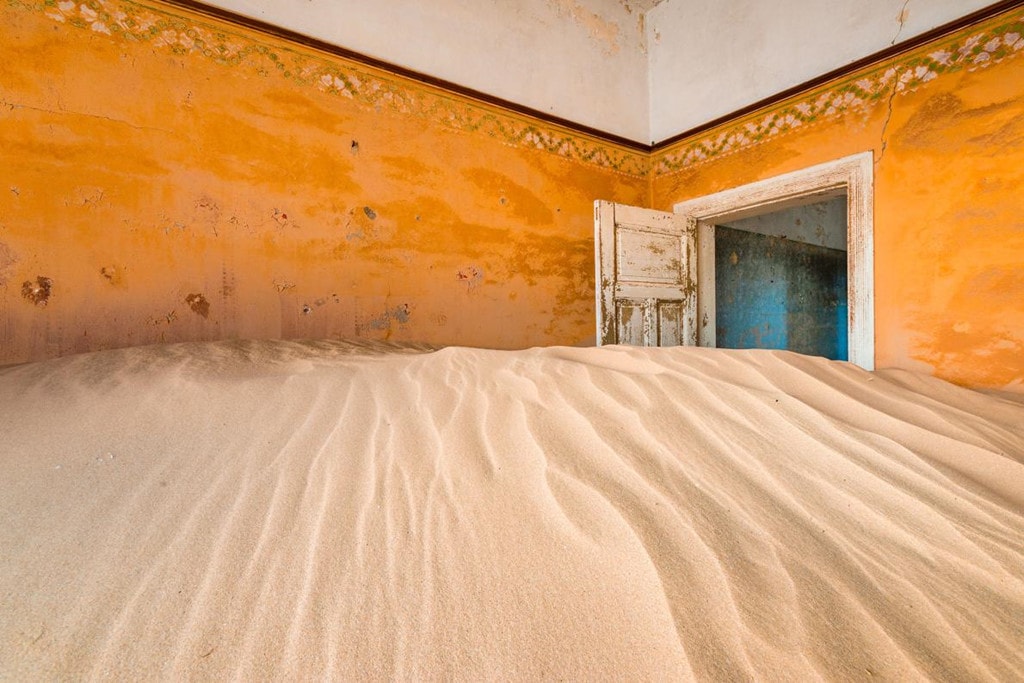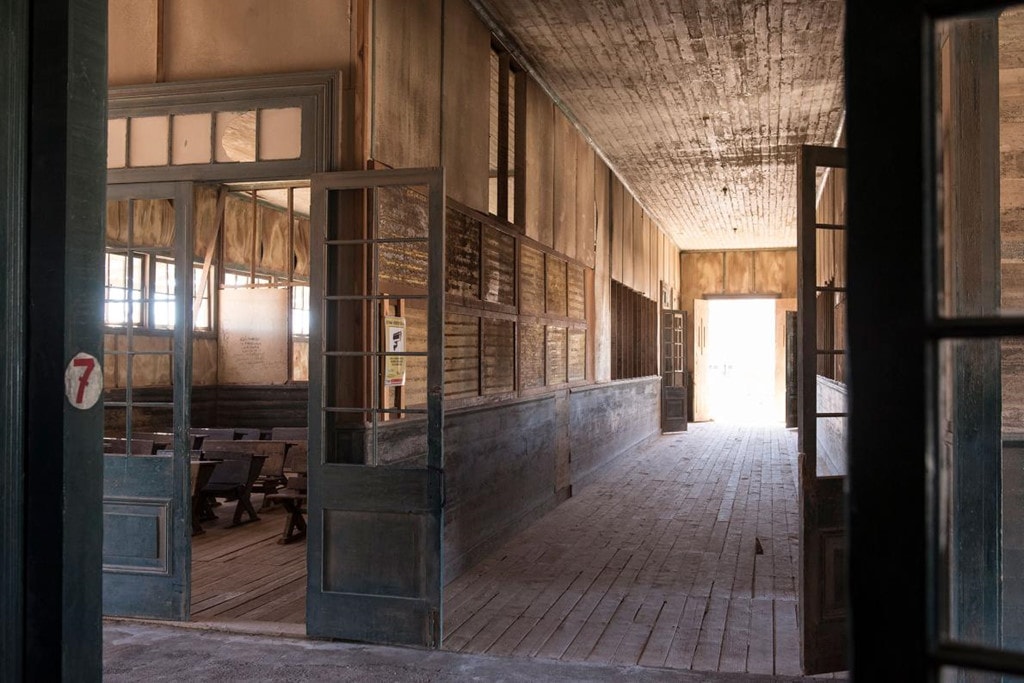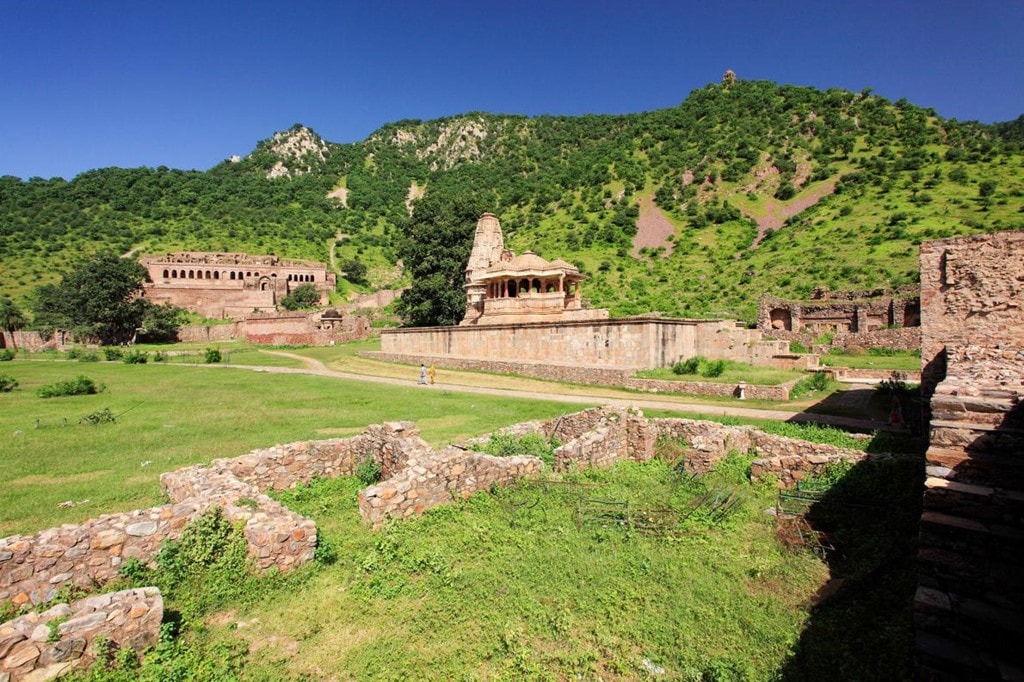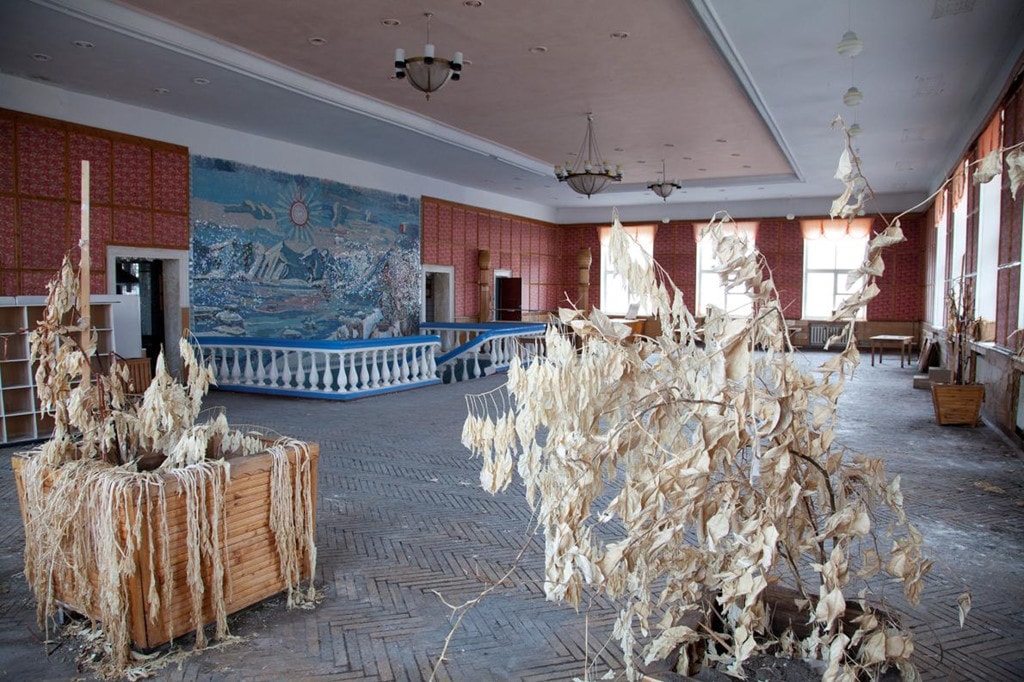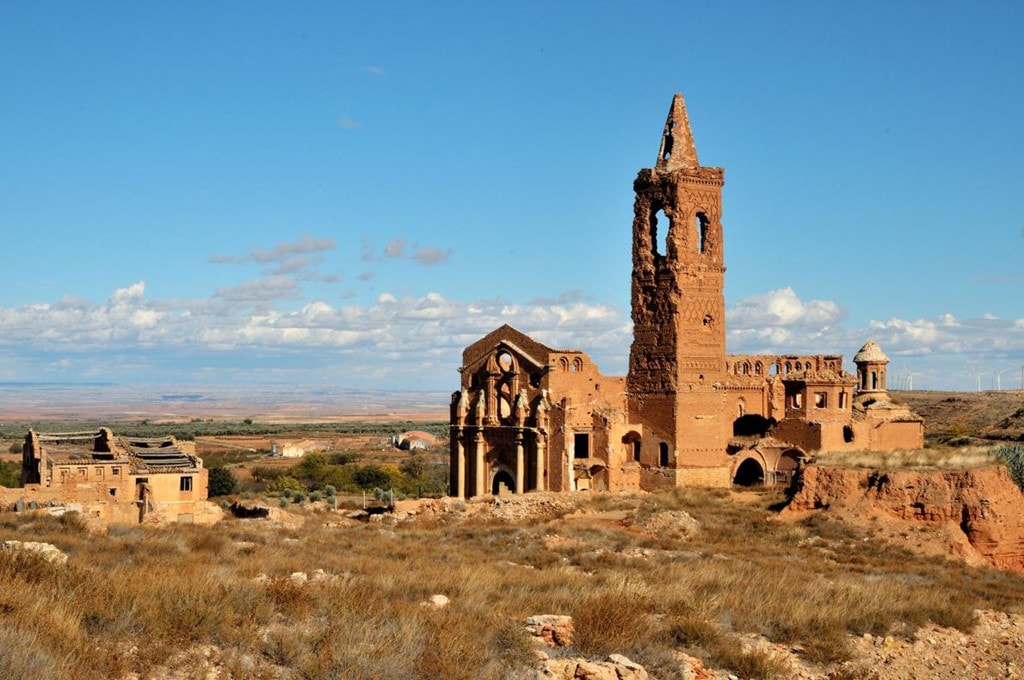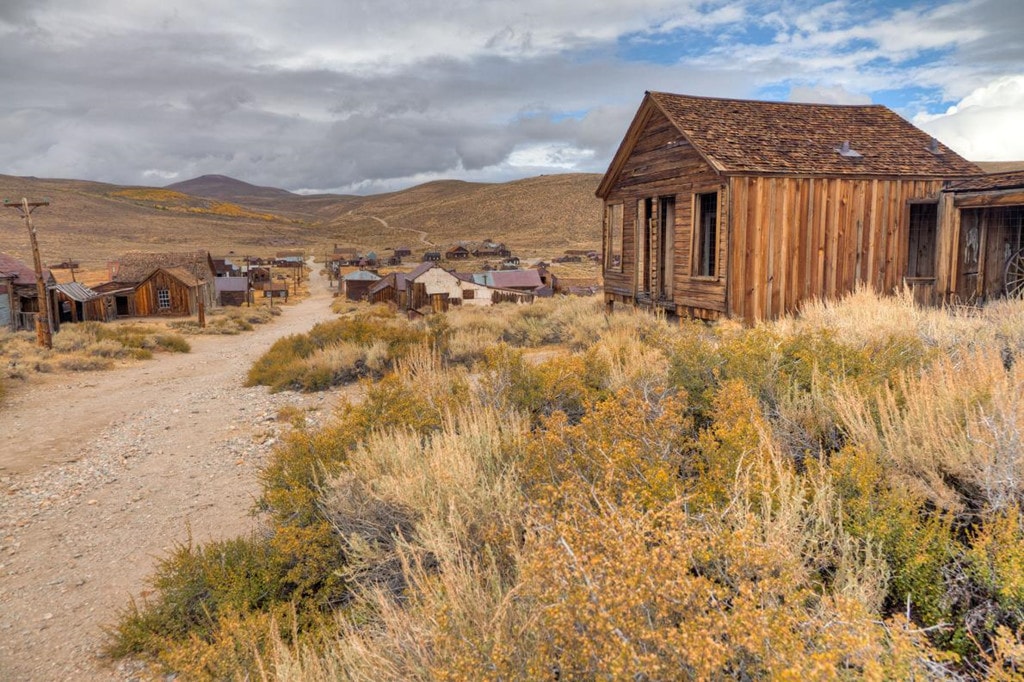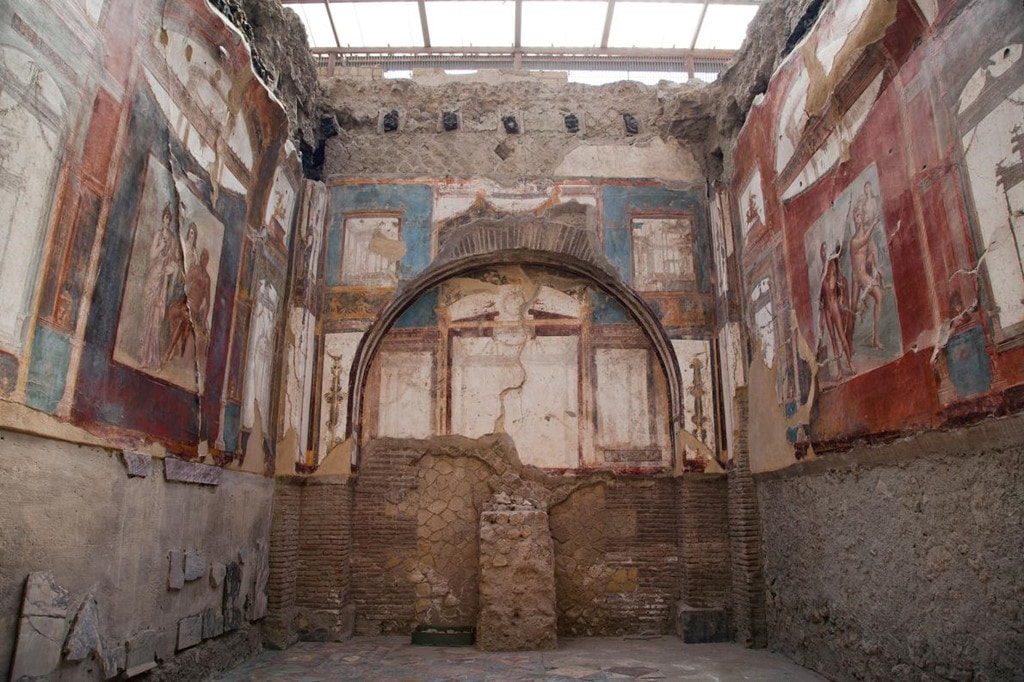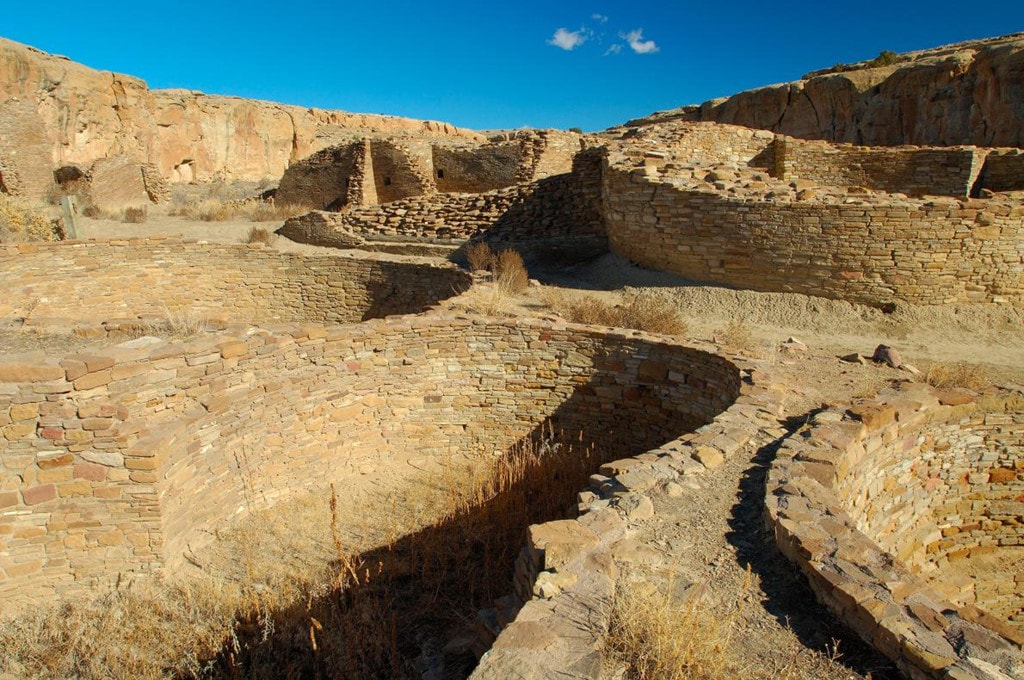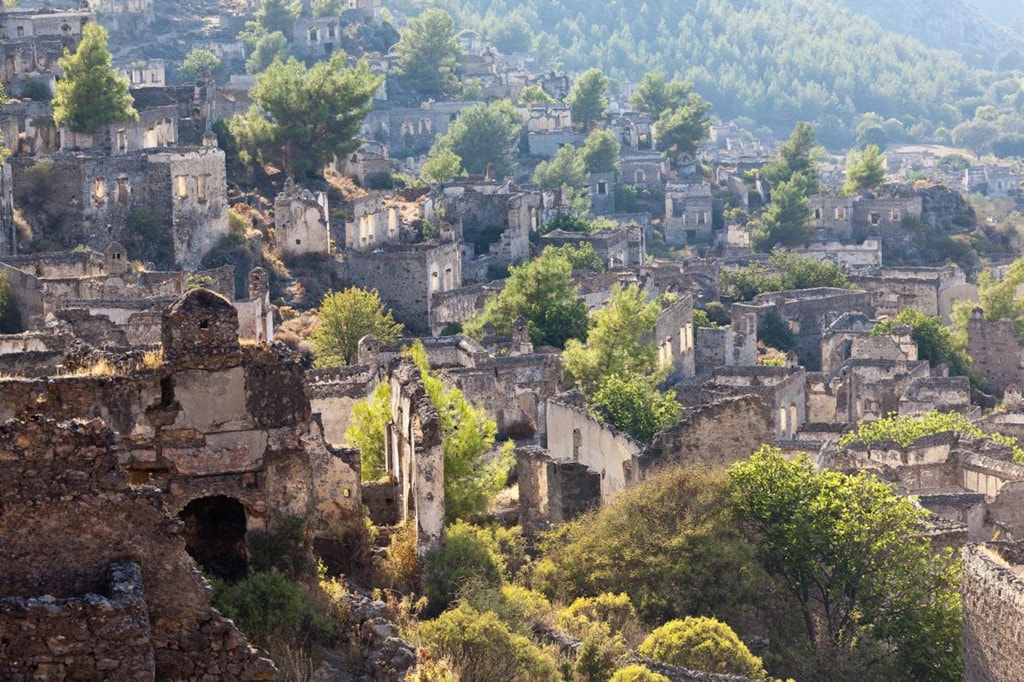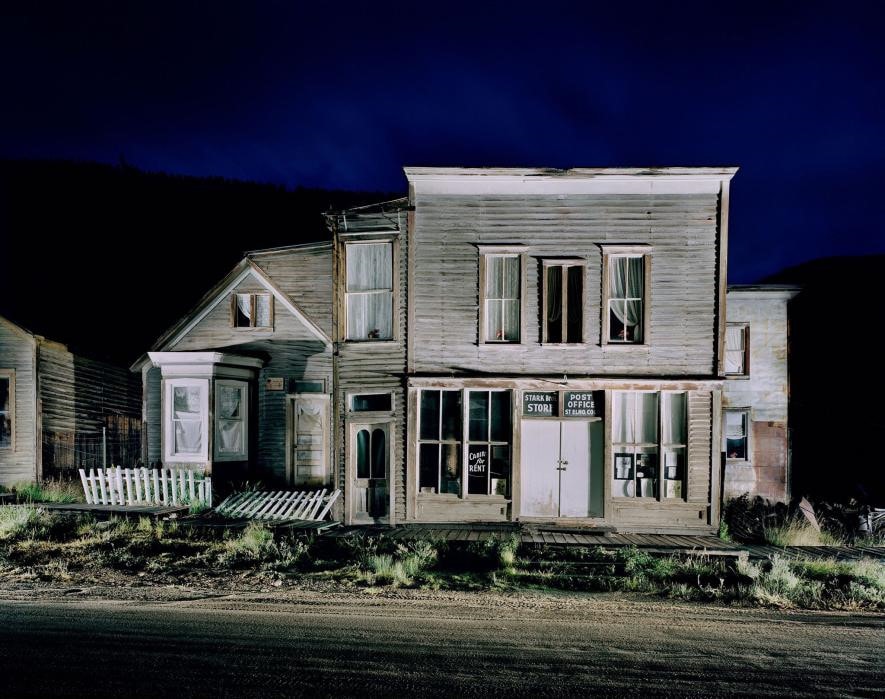10 famous ghost towns in the world
Many towns and residential areas were once bustling and crowded, but for many reasons, now only the remains of abandoned houses and a haunting silence remain.
|
| Kolmanskop, Namibia:Located in the middle of the Namib Desert, Kolmanskop was built as a residence for workers from a nearby diamond mine. The town was abandoned in the mid-1950s when diamonds became scarce, and Kolmanskop has since been slowly submerged in the desert sands. Photo:Alex Treadway/National Geographic. |
|
| Humberstone and Santa Laura, Atacama Desert, Chile:Built near the salt mines, the two towns of Humberstone and Santa Laura, in northern Chile, were abandoned in 1958. Today, some buildings remain relatively intact, such as a theater with rows of seats, an iron swimming pool made from the hull of a ship, or a hotel and food store. Photo:Oliver Bolch/Anzenberger/Redux. |
|
| Bhangarh, Rajasthan, India:In the 1970s, after being occupied by the Raja of Jaipur, Bhangarh, a local capital in northwest India, was quickly abandoned. Today, the city, which dates back to around the 17th century, is a crumbling ruin of forts, temples, medieval bazaars, and strange legends about its rapid rise and fall. Photo:Uig/Getty. |
|
| Pyramiden, Svalbard, Norway:Pyramiden is an Arctic coal mining town that has been part of the Soviet Union since 1927. It is a settlement complete with workers' barracks, a sports center, and a bust of Lenin. Today, the buildings, including a library, theater, and music hall, remain intact since the town was abandoned in 1998 when the coal mine was exhausted. Photo:Max Galli/Laif/Redux. |
|
| Belchite, Zaragoza Province, Spain:Belchite was the site of a brutal battle during the Spanish Civil War (1936-1939). Occupied by Franco’s forces in 1937, the town was later attacked, besieged and destroyed by Republican troops. Today, the ruined buildings of Belchite serve as a memorial and witness to the war. Photo:Arturo Rosas/Vwpics/Redux. |
|
| Bodie, California, USA:In 1879, Bodie was a bustling gold mining town with 8,500 residents. Within a decade, the mines were depleted and the population began to decline. Eventually, the town was left with about 150 uninhabited houses to this day. Photo:Pete Ryan/National Geographic. |
|
| Herculaneum, Naples, Italy:In the summer of 1979, the eruption of Mount Vesuvius buried the seaside resort of Herculaneum in ash and rock. Archaeological excavations uncovered private villas, shops, baths and other remains of the town. Photo:Scott S. Warren/National Geographic. |
|
| Chaco Canyon, New Mexico, USA:The Chaco civilization flourished from around 800 to 1100 AD. During this time, Chaco Canyon served as a social, commercial, and ceremonial center. Residents built houses and other circular structures called kivas from mud brick, sandstone, and wood, many of which remain intact today. Photo:Ron Reznick/Vwpics/Redux. |
|
| Kayaköy, Anatolia, Türkiye:When the Greco-Turkish War ended in 1923, about a million Greeks living in Türkiye were repatriated and Kayaköy, a Greek village of about 2,000 inhabitants in western Turkey, was abandoned. Today, it is preserved as a historical site with hundreds of ruined houses and two Greek Orthodox churches. Photo:Pete Ryan/National Geographic. |
|
| St. Elmo, Colorado, USA:It was once a mining town that grew along the railroad that ran through central Colorado. In 1922, the railroad ceased operations and St. Elmo was abandoned. Today, St. Elmo is a historic district with many buildings, shops, homes and churches still intact. Photo:Berthold Steinhilber/Laif/Redux. |

